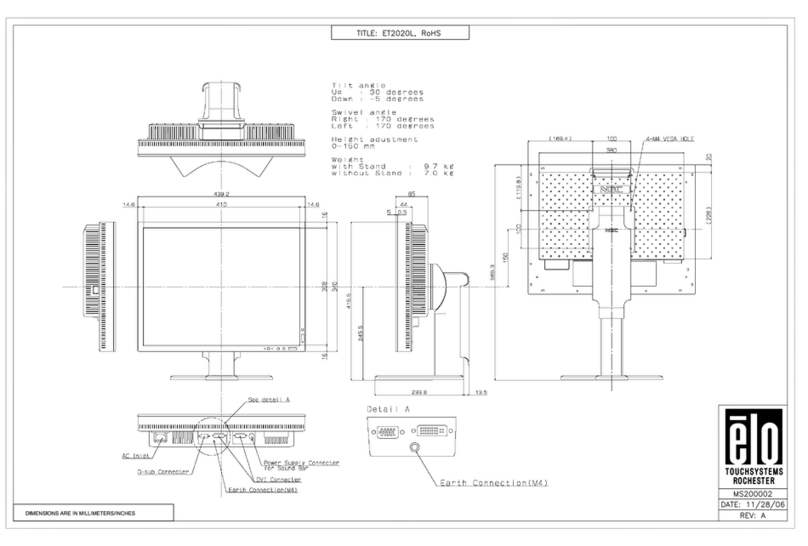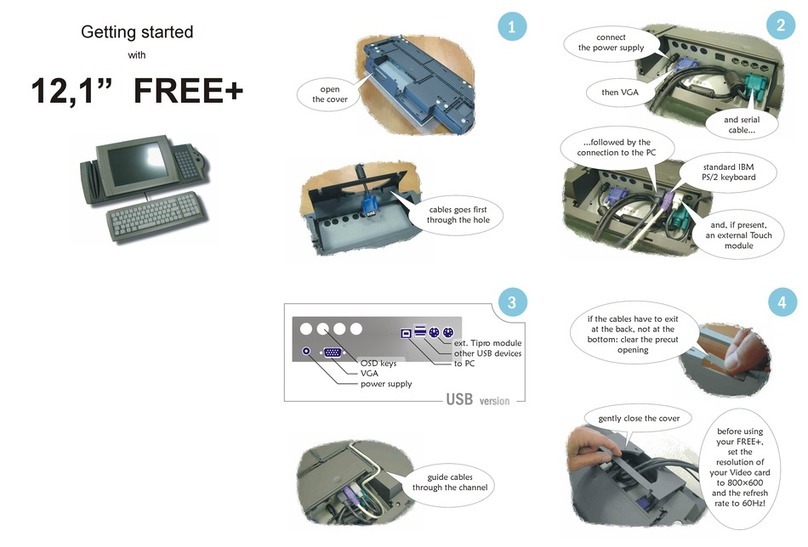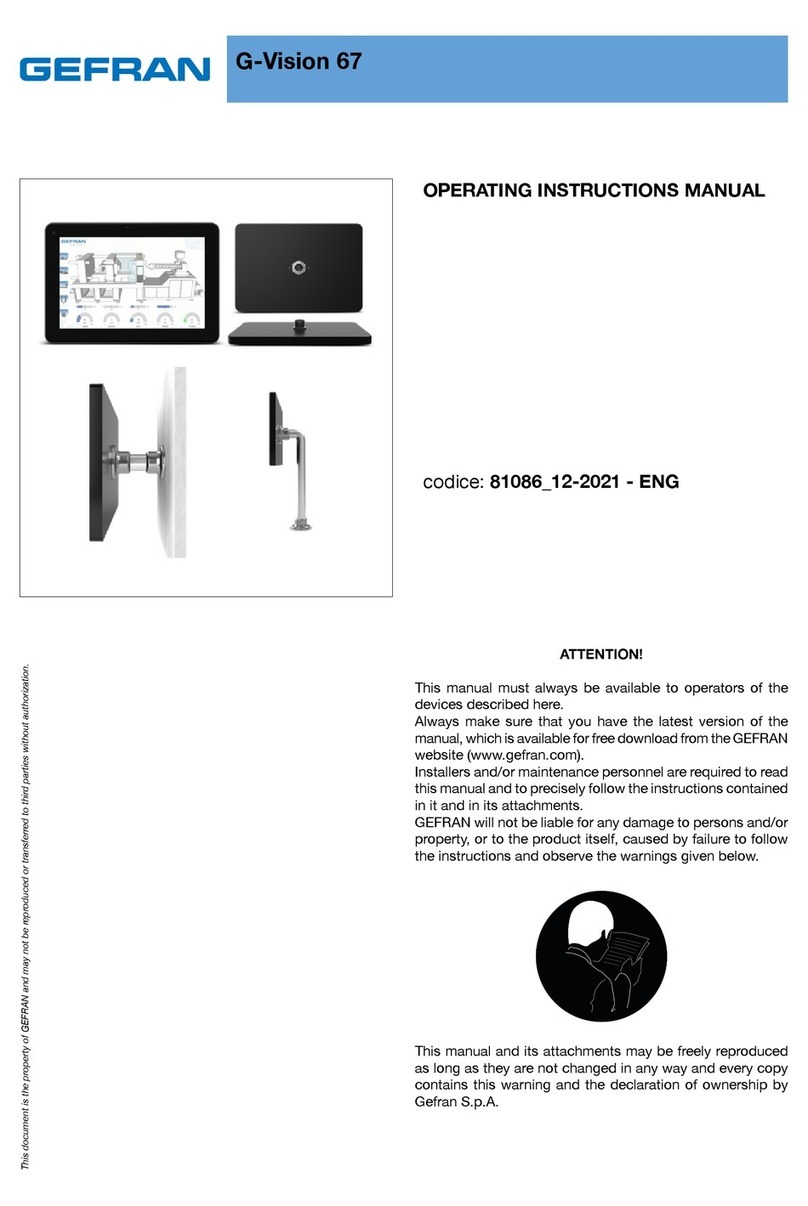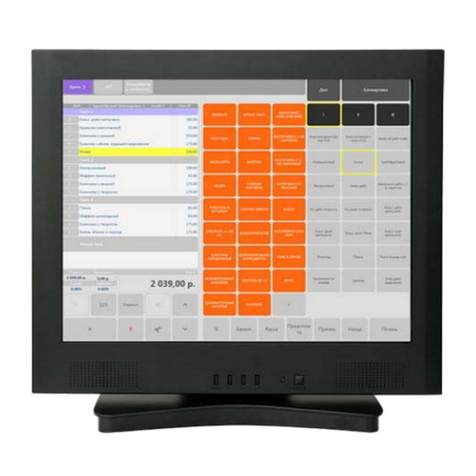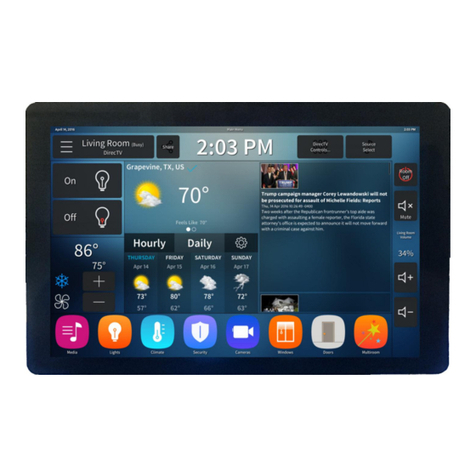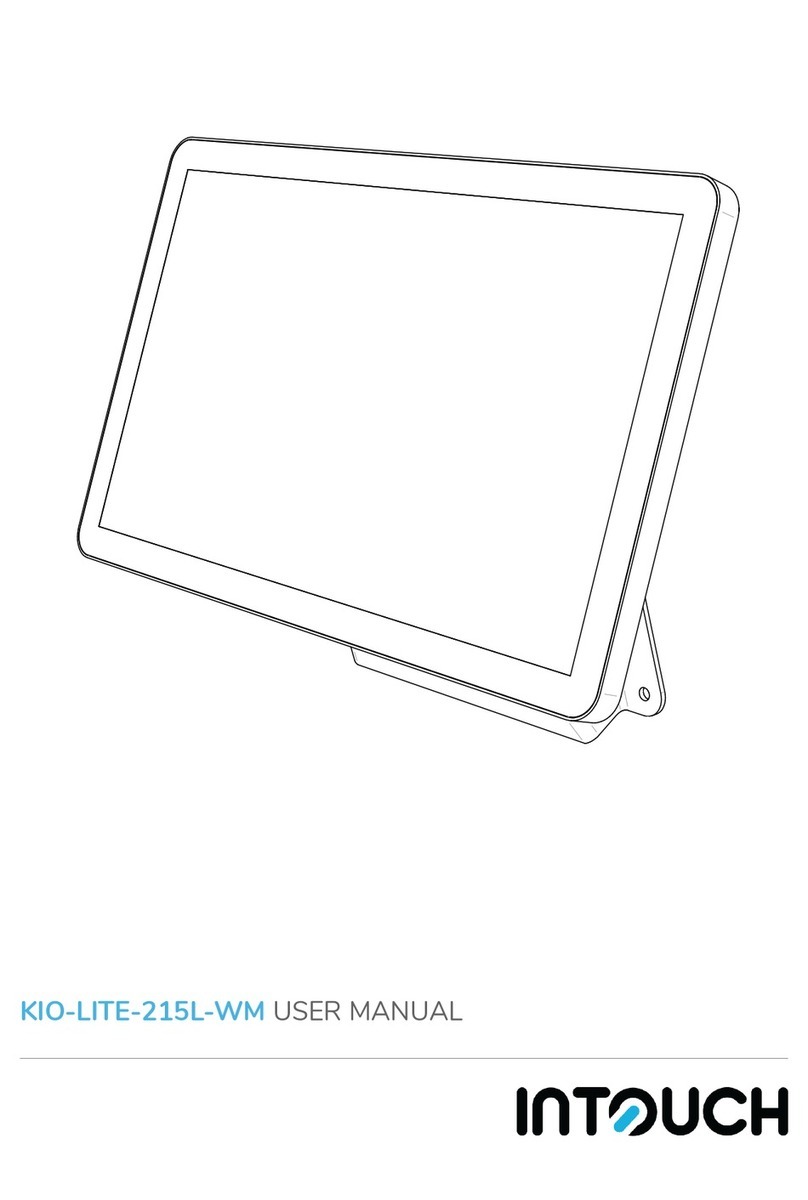
8
1. Banner: Displays system status
messages, zone descriptions, etc.
2. BACK Button: Tap to return to
the previously selected screen.
3. Keypad Window: Displays system
status messages, zone
descriptions, Area number, system
date and time.
4. MENU: Enter User Code first,
then tap MENU. Selects available
system functions as displayed in
the window. The selected function
is executed by tapping ENTER.
Turn to page 21 for descriptions of
the Function Menu buttons that
appear. (2) Scrolls window display
backward (PRIOR). (3) Answers
"No" to questions in the window
display. (2) Scrolls the window
display forward (NEXT). (3)
Answers "Yes" to questions in the
window display.
5. BYPASS: (1) Deactivates
selected zones from the system.
(2) Unbypasses a bypassed zone.
6. Emergency Buttons: Used to
signal an audible Fire, Police or
Auxiliary emergency (for example,
a medical emergency).
7. User Settings: Tap to allow
changes to the way your app
operates (see USER SETTINGS
MENU on page 31).
8. RESET: (1) Resets various
system troubles, displays, etc. (see
text). (2) Resets residential smoke
detectors.
9. Area (*): Selects other areas (see
Manager's Mode on page 12).
10. Numerical Keys (1-9, 0): Used to
enter codes, zone numbers, etc.
11. Clear: Tap to clear previously
entered data.
12. Disarm: Enter code and tap
Disarm to turn off your alarm
system.
13. Arm Night: When retiring for the
evening, after all family members
are home, tap Arm Night to bypass
all Interior Zones simultaneously to
allow free movement within the
premises, while the protection of
armed perimeter zones is
maintained. In addition, the exit
delay is canceled on the exit/ entry
zone(s), causing an instant alarm
upon violation.
14. Arm Away: Arms all zones in
the system, with display indicating
the exit time remaining.
15. Change Area: Selects other
areas (see Manager's Mode on
page 12).
16. Arm Stay: (1) Bypasses all
Interior Zones simultaneously
("STAY Mode") to allow free
movement within the premises.
Press and hold down when the
system is armed in "STAY Mode"
to cancel entry delay on Exit/Entry
zones, causing an instant alarm
upon violation.
17. HOME: Tap to return directly to
the Home Screen.
SECURITY KEYPAD CONTROLS & INDICATORS




